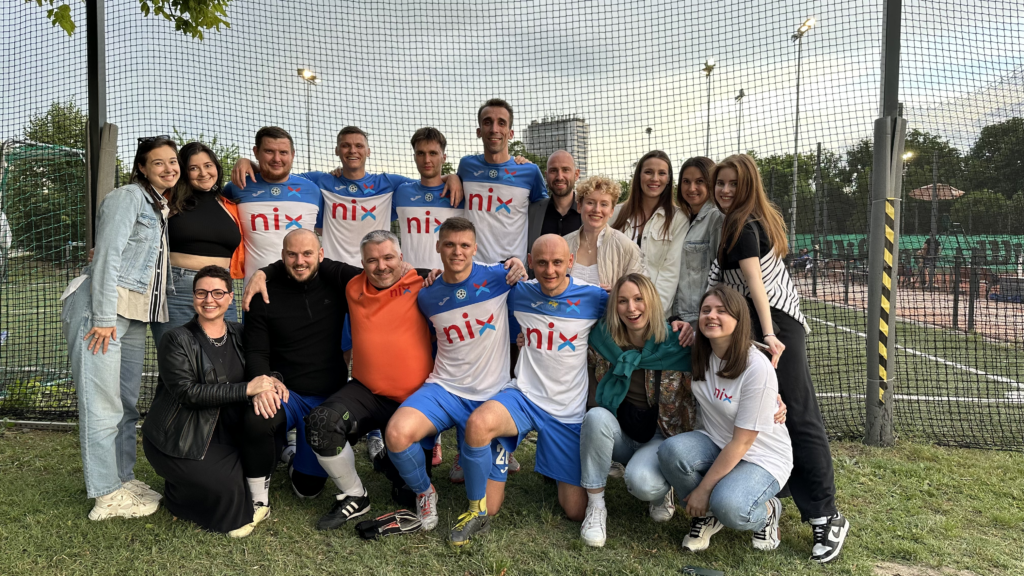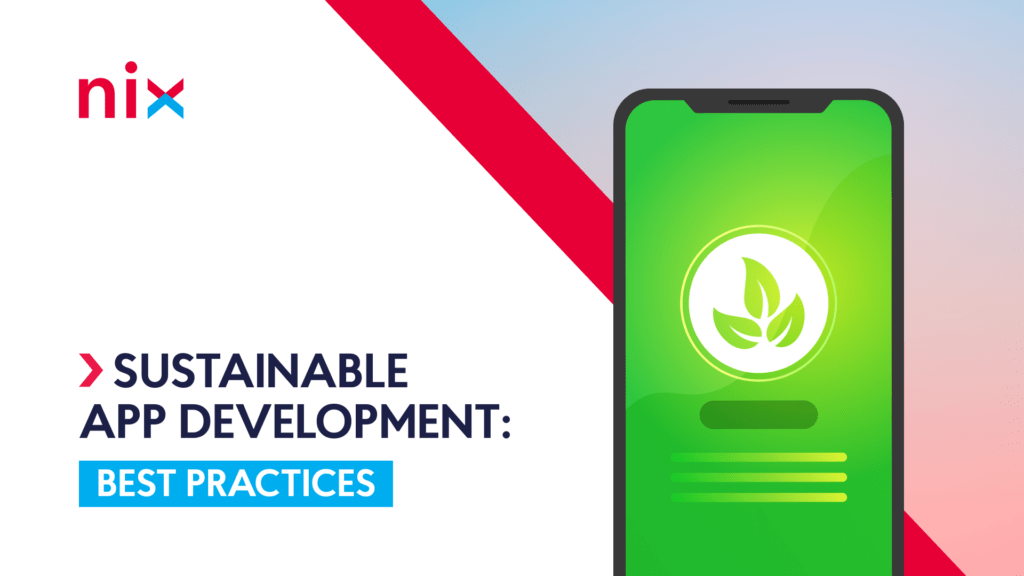11 August
How to Give Feedback: Advice from a Mentor and Design Educator
“Motivate the employee and don’t offend them” is roughly how most mentors see the concept of feedback. The principle is the right approach, but for feedback to be effective, you should prepare carefully for the conversation with the employee.
In the IT sphere, everyone is familiar with the concept of performance review, which has many nuances: how to successfully select the moment and consider all the subtleties in formulating feedback. You can find a few helpful tips that may come in handy for you.
Why Feedback is Needed
The feedback function seems obvious, but something important is worth noting—feedback on the quality of the team and its members accomplishes several things at once:
- Get an excellent final result
The fundamental goal is to do a quality job to make a good product for all customer requirements. If your feedback contains an analysis of the mistakes made, you help the specialist understand what to focus on in the future. - Train newcomers and develop the team
Just pointing out mistakes is not feedback. “Don’t do this, do that” doesn’t work. Be sure to explain why their work is not what you want. This is the only way for a person to learn from his mistakes and grow professionally. - Unite the team and build trusting relationships in the team
Well-organized and systematic feedback, which comes in a friendly atmosphere, improves team interaction. And where there is sincerity and trust, it’s easier to find common ground with different people and achieve your goals together.
A common problem of all beginners is lack of attention. For example, while drawing buttons for the interface, newcomers would round corners somewhere and forget about them. Experienced colleagues regularly drew their attention to this.
Their reminders can make them more organized. Start making checklists and designing systems that overuse the same components with unshakable rules. Then you could take on more complex projects where consistency played an important role.
Some people take negative feedback as a personal insult. The mentor must explain to the subordinate that he is not doing his job for himself, not to “hang it on the wall and admire it.” Feedback is primarily aimed at achieving the desired result. The work result should meet the company’s business objectives and satisfy the end users. Experienced professionals understand this, but newcomers should be reminded again.
How Often Should You Give Feedback?
Feedback should be regular—it’s an axiom. The frequency depends on each specialist’s knowledge level and the project’s complexity. Perhaps the client himself often makes changes to the terms of reference, and this affects the work of the entire team. Then there is a need to be constantly in sync at individual stages of the work. Or another situation—the client wants to see intermediate results more often. In this case, you agree on the frequency of feedback with the client and then communicate directly with the work performers.
What might be the reason for the conversation?
- There was a problem with the task
- There is negative feedback from the client about the quality of work of a particular specialist
- There is a request for feedback from the specialist with a demand to evaluate his skills, to advise on the further development
Feedback is not just for fixing specific performance problems. Well-deserved praise motivates a person and helps him believe in his abilities. You can point out errors in one area of the project and say nothing about another site, and then it is clear that everything is fine there. However, it’s not evident to everyone, so it’s better to spell out the benefits, especially for beginners. Look for the golden mean: do not build communication on a constant search for something positive. After all, quality performance should be the specialist’s ultimate goal and marker of evaluation.
Preparing for the Conversation: What to Pay Attention to
The mentor should consider these key points:
- Emotions. Feedback should be devoid of emotionality. It is worth distinguishing between one’s attitude towards a person and their work. It is unacceptable to be prejudiced against an employee because of their reputation; evaluate a specific project, task, or reporting period. Do not compare a person with other team members, especially specialists of different levels and experience. This deprives your feedback of value in the eyes of the interlocutor.
- Facts. Base your review on clear facts and arguments that can support your assessment. To do this, look at the employee’s past projects, and recall his achievements, failures, and how he managed to improve his work. You usually have the last two or three weeks of work in your head, but for quality feedback, you need to assess the progress of, let’s say, six months.
- Structure of the feedback. Think through the outline of the conversation and identify anchor points. The input should be sufficient in volume since a short feedback loop will not reveal all the details. Instead, too much information just can’t be well received—look for a balance in the volume of feedback.
- Thought Formulation. Don’t pressure the specialist and not impose your opinion, don’t scold or blame the person. The purpose of your conversation is to help the specialist to become the best, to inspire and motivate him. Create a comfortable environment for the discussion. “I think you should pay attention to…”, “Try to improve such moments…”, “Your attitude toward the task bothers me…” – these are the sounding phrases that come in handy to use. They will teach a person to analyze his work correctly and better understand the essence of the problem.
And now, let’s pay attention to a few techniques to help you formulate your feedback constructively and without value judgments. There is a popular model called the “sandwich rule.” According to this model, feedback has three steps:
- An initial positive message. Highlight the good things about the person’s work-even minimal successes. This will show that you recognize the professional’s efforts and puts the employee in a good mood for further conversation.
- Critique. In the central part of the discourse, identify the problem areas and those that need to be improved. You should not say, “You are good, but…”. This way, you will eradicate all the positive things told at the beginning.
- Motivational positive message. You should conclude the conversation with specific suggestions on how the person can do the job better. Express confidence that this task is within the specialist’s power and that he is on the right track.
Another interesting approach is A-E-I-O-U. This acronym stands for the concept of positive intentionality—the understanding that you want to help, not confront. This approach can be used as a communication plan:
- A (acknowledgment). In the beginning, identify the positive desires of the employee and voice them: “I know you are trying hard,” “I see that you want to perform the task as best you can,” etc.
- E (express). Describe the problem you found. Begin with a phrase like, “I am concerned that…”. Only rely on examples of the work done.
- I (identify). Identification refers to the goals you see in ending the work errors.. Your instructions for corrections must be specific and unambiguous.
- O (outcome). After describing the desired amendments, share your vision of the result with the specialist. Mention the possible benefits of achieving a successful outcome for everyone involved.
- U (understanding). Finally, make sure the person understands you correctly. Allow the professional to give their vision for further action or alternatives.
You can make one-to-one conversations when it’s necessary, when you know that you haven’t talked to a colleague in a while. It helps to be in context. As a mentor, you must notice what a designer is failing, what kind of help he needs, and how he wants to develop. You should talk to junior specialists more often because they need constant guidance to explain the subtleties that come to them only later in practice.
It’s recommended to give detailed feedback to novice designers. Like, “It’s better to increase the font size here because it’s hard to read.” Experts with experience will also understand the short “Think about the font; there’s a problem here.” In doing so, check the level of his knowledge.
As for experienced designers, they are pretty independent. They usually seek advice when they need it. In most cases, they successfully find a solution on their own and come back with a finished design. Then the conversation becomes more substantive.
With experience, you can realize that design is a multifaceted field. One problem can be solved in different ways. So you have to recognize the right to a good idea, even if it is not close to you. That is the goal of the NIX Design Review initiative. Aspiring designers are invited to send us their designs in Figma, after which our web design experts will check the work and give technical feedback. This format will allow the beginner to look at the work through the eyes of an experienced professional and understand what they can improve.
The feedback topic is vast and is not limited to this list of advice. In addition, the mentor’s feedback can relate not only to the direct responsibilities of the specialist but also to his skills. From time to time, you can try to remind your fellow designers of the importance of regular communication with the customer, the development team, users, and each other in the squad.
You can’t force a person to be more sociable. It’s a character trait, and it’s hard to teach. But thanks to regular feedback, the specialist understands where he is “not getting enough”—this becomes the basis for professional growth.





